Last Updated August 10, 2022
Clear coats are thin — incredibly thin. Over the years, OEMs have figured out how to make clear coats just thick enough not to fail. This doesn’t leave a whole lot of room for polishing out defects, so if the paint’s getting buffed often, clear coat failure could be imminent.
But there’s a new correction solution out there that’s changing all that. They’re called Dr. Beasley’s Nano Surface Primers, and they’re active primers that put back thickness while removing defects, effectively making clear coat failure impossible.
So how do they do it? To understand, we first need to understand the limitations of OEM clear coat.
Thin Margin For Error
OEM clear coats are on average between 25-50 microns thick. For reference, a Post-It note is about 75 microns and a human hair is about 95. Most OEMs have a threshold for how much clear coat can be removed before it is at risk of failure — usually about 25% of the factory thickness, anywhere from 7 – 12.5 microns.
This is because overpolishing can compromise the clear coat’s protection, specifically their UV resistance. Clear coats need UV protection to hold up in the sun — otherwise, they’d start oxidizing until the clear coat fails entirely. Because these UV inhibitors are in the upper layer of the clear coat, UV protection is the first to go when the paint is corrected. And without that UV protection, clear coat is a constant state of near-failure.
So, if the average paintwork correction removes about 3 microns of thickness from the clear coat, that means it’s possible to be at failure levels within only two paintwork corrections. This is actually part of the reason as to why ceramic coatings are so popular in the first place. Coatings give paint a few extra microns of thickness, so when you go to polish out scratches, you’re in less danger of removing too much clear coat.
Unfortunately, a few extra microns isn’t that much. To truly be protected against overpolishing, you need to have a coating that can match the failure threshold in thickness. To get that coating, you need to use Nano Surface Primers.
Building Thickness
One of the most unique things about NSPs is the foundation they provide as they remove defects from paintwork. When combined with a ceramic coating, Nano Surface Primers add up to 6 microns of film build to the clear coat. This extends the clear coat thickness to go past the 7.5-12.5 removal threshold, thereby making clear coat failure from overpolishing effectively impossible.
Take for example this scenario. Your paintwork is dangerously thin, to the point where a correction would bring it within 1 micron of the OEM failure threshold. At the same time, it needs paintwork correction before the coating can be applied.
In a case like this, using Nano Surface Primers would be the only way to correct the paint and still avoid potential clear coat failure. Because of the foundation, the thickness lost would be restored instantly, strengthening the clear coat so it is no longer in danger of failure.
Wrapping Up
With NSPs, the possibility of burning through the clear coat during a paintwork correction is slim to none. The foundation they provide is absolutely critical in maintaining your clear coat, even when deep defects must be removed. That’s why they’re such a game changer!

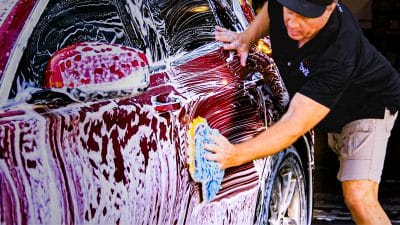

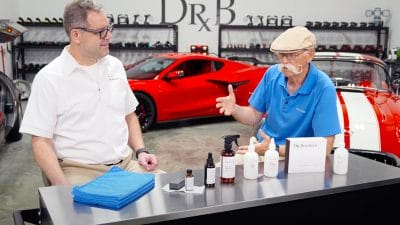
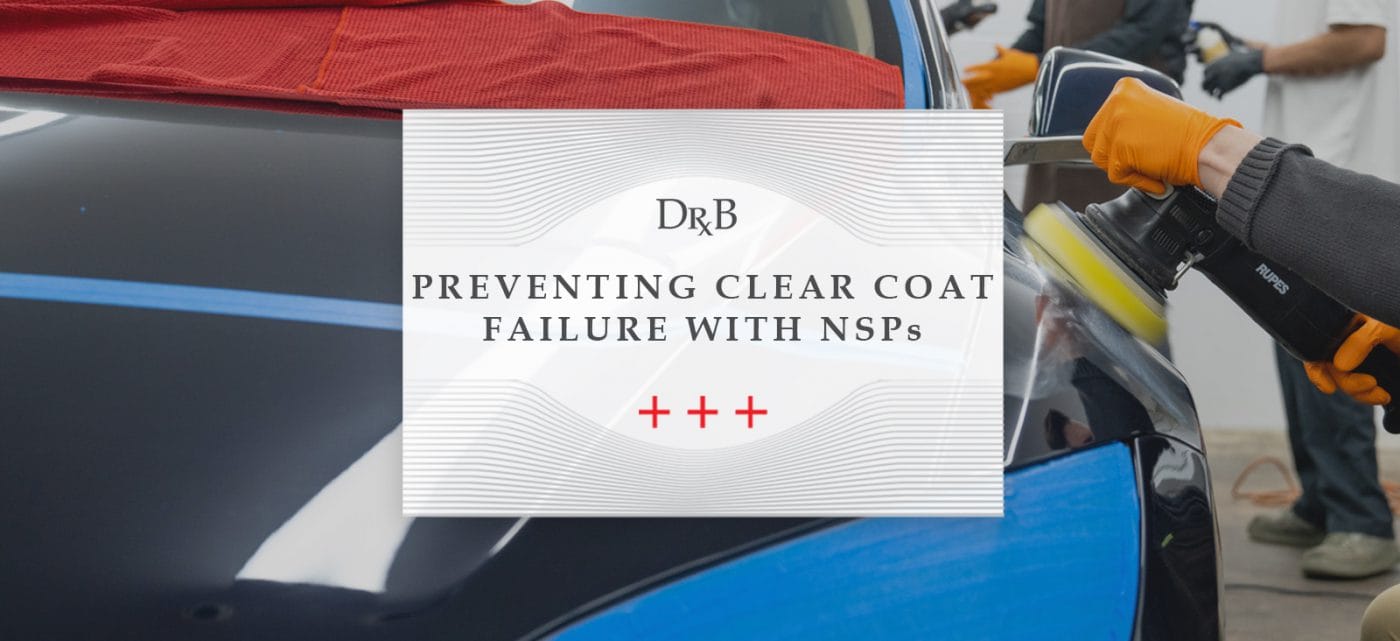
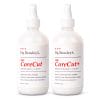
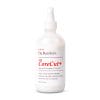
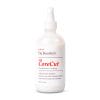
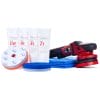
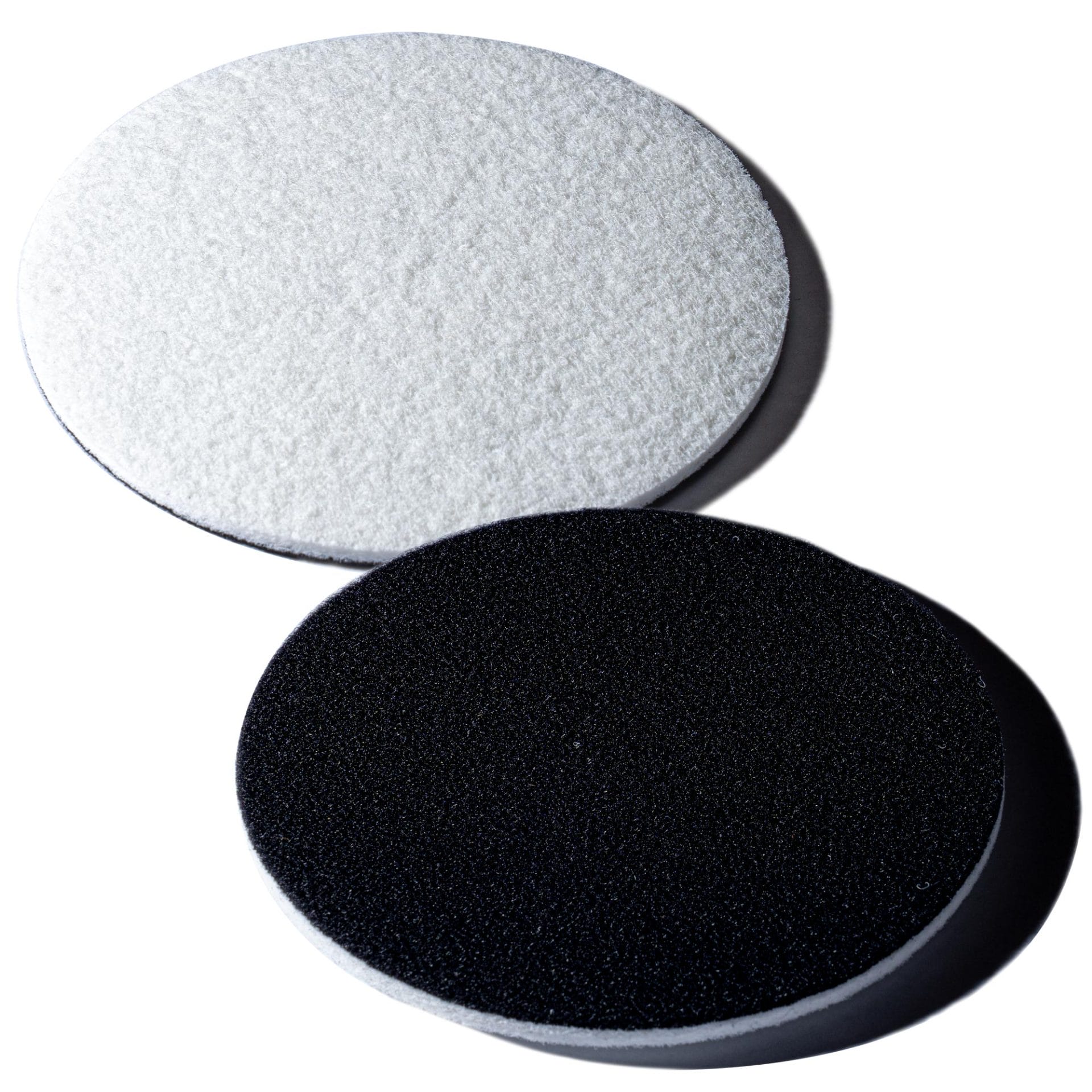
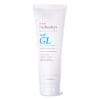
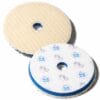
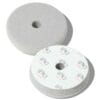
Questions? Comments?
Email Us